Lice are small, flat parasites that cause severe itching in dogs. There are two types of dog lice: red mite and hair lice. As the name suggests, the mite feeds on blood and tissue fluid.
The red mite is sometimes also called the bird mite. This species feeds on the blood of birds to reproduce. However, when there is a shortage of birds, the mite looks for another species of mammal. It can be dogs, cats or people.
In addition to blood, the hair louse also feeds on dander. This louse lives permanently in the host's fur. Lice are most visible when the fur is combed with a fine flea comb. This louse lays its eggs in the dog's fur and then attaches itself to the hair.
However, infestations with hair lice or blood lice are not common in dogs and cats. If the dogs live in unsanitary and overcrowded conditions and do not receive adequate general care, the risk of lice is greater. If many animals live together in a small space, the risk of infection in the dogs is greater.
Transmission can also occur through indirect contact, for example by using the same brush for multiple dogs. Even if several dogs share a dog bed, the lice can be transmitted more quickly.
What is the life cycle of lice?
The adult louse lays eggs, these eggs are called nits. A larva, also called a nymph, grows from these eggs. The nymph goes through three to five moults and grows into an adult louse. The entire life cycle takes about five to twenty days.
What are the symptoms of lice?
The most common symptoms are itching and skin lesions. Small red spots indicate a louse bite. Lice are blue-grey and brown. The eggs are white and look like small scales of skin, but they stick to the hair. The itching caused by the louse can cause the dog to constantly scratch and become restless. Often it also happens that the fur smells musty.
What is the diagnosis of lice?
The lice and eggs are visible to the naked eye. A lice comb can be used to quickly determine if the dog has lice.
What is the treatment for lice?
In addition to the dog, it is important to treat other pets and the environment against lice. You can wash the dog with a lice or flea shampoo. In addition, you can also administer a dropper between the shoulder blades, which also works against lice, the so-called spot-on droppers. It is important not to wash the dog until two days after administering the dropper. If you wash the dog, the product will probably not work sufficiently.
Are lice a zoonosis?
Human lice and dog lice are different from each other and cannot be transmitted from dog to human or from human to dog. This is because lice are host specific. So it is not a zoonosis. That's not to say lice can't get on humans, but because they're host-specific, they die. Make sure the children don't touch the dog too often if it has just been treated for lice.
This text was translated by a translation machine
 Horse Pharmacy
Horse Pharmacy Rugs
Rugs Care
Care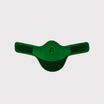 Saddle and Attachments
Saddle and Attachments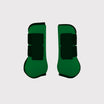 Leg Protection
Leg Protection Bridles
Bridles Feed
Feed Fly Masks
Fly Masks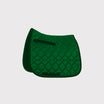 Saddle Pads
Saddle Pads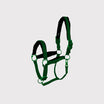 Headcollars and Ropes
Headcollars and Ropes Bits
Bits Other Disciplines
Other Disciplines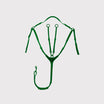 Reins and Auxiliary Reins
Reins and Auxiliary Reins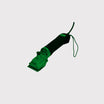 Clipping
Clipping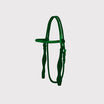 Western
Western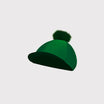 Eventing
Eventing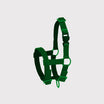 Foals
Foals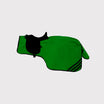 Reflection
Reflection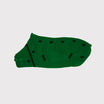 Therapy Products
Therapy Products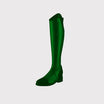 Boots and Shoes
Boots and Shoes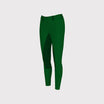 Breeches and Belts
Breeches and Belts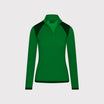 Tops
Tops Safety
Safety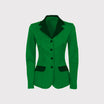 Competition
Competition Heated Clothing
Heated Clothing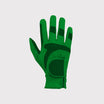 Gloves
Gloves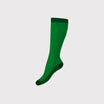 Socks
Socks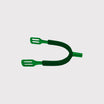 Spurs and Attachments
Spurs and Attachments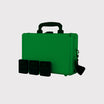 Technology
Technology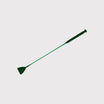 Whips
Whips Gifts
Gifts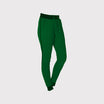 Casual Wear
Casual Wear Underwear
Underwear Rider Pharmacy
Rider Pharmacy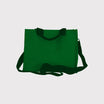 Bags
Bags Books
Books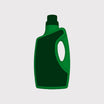 Laundry supplies
Laundry supplies Jewelry
Jewelry Feed and Waterbowls
Feed and Waterbowls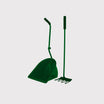 Equipment
Equipment Tack Room
Tack Room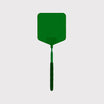 Pest Control
Pest Control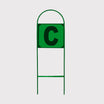 Arena
Arena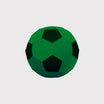 Horse Toys
Horse Toys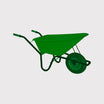 Wheelbarrows
Wheelbarrows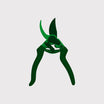 Yard
Yard Surveillance
Surveillance Disinfect
Disinfect Washing Area
Washing Area Lighting
Lighting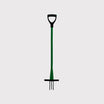 Horse Pasture
Horse Pasture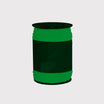 Current Conductors
Current Conductors Pole
Pole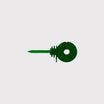 Insulators
Insulators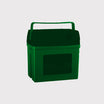 Energisers
Energisers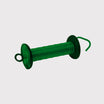 Gate Handles
Gate Handles Batteries and Accumulator
Batteries and Accumulator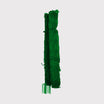 Nets
Nets Grounding
Grounding Tools
Tools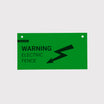 Fencing Security
Fencing Security Wolf Defense
Wolf Defense Fencing Sets
Fencing Sets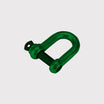 Fence locks
Fence locks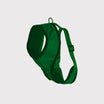 Dogs
Dogs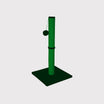 Cats
Cats Rodents
Rodents Dogs Pharmacy
Dogs Pharmacy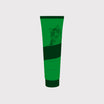 Cats Pharmacy
Cats Pharmacy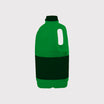 Rodents Pharmacy
Rodents Pharmacy Cattle Pharmacy
Cattle Pharmacy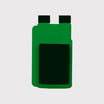 Poultry Pharmacy
Poultry Pharmacy Veterinary Supplies
Veterinary Supplies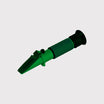 Cattle
Cattle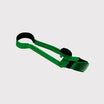 Sheep and Goats
Sheep and Goats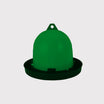 Poultry
Poultry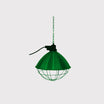 Heat Lamps
Heat Lamps Calves
Calves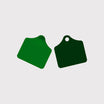 Marking
Marking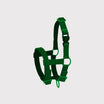 Halters
Halters